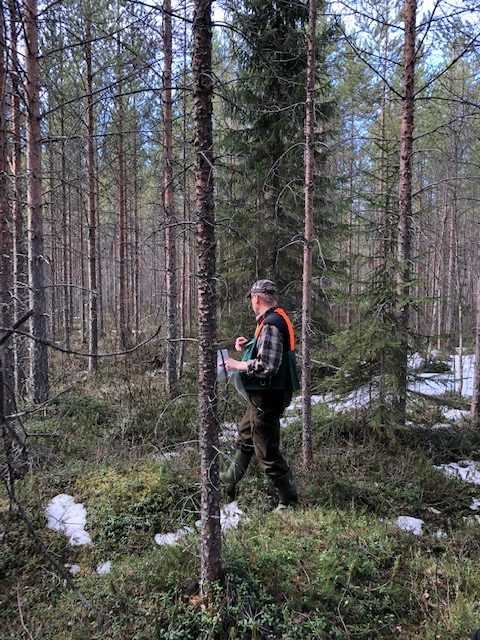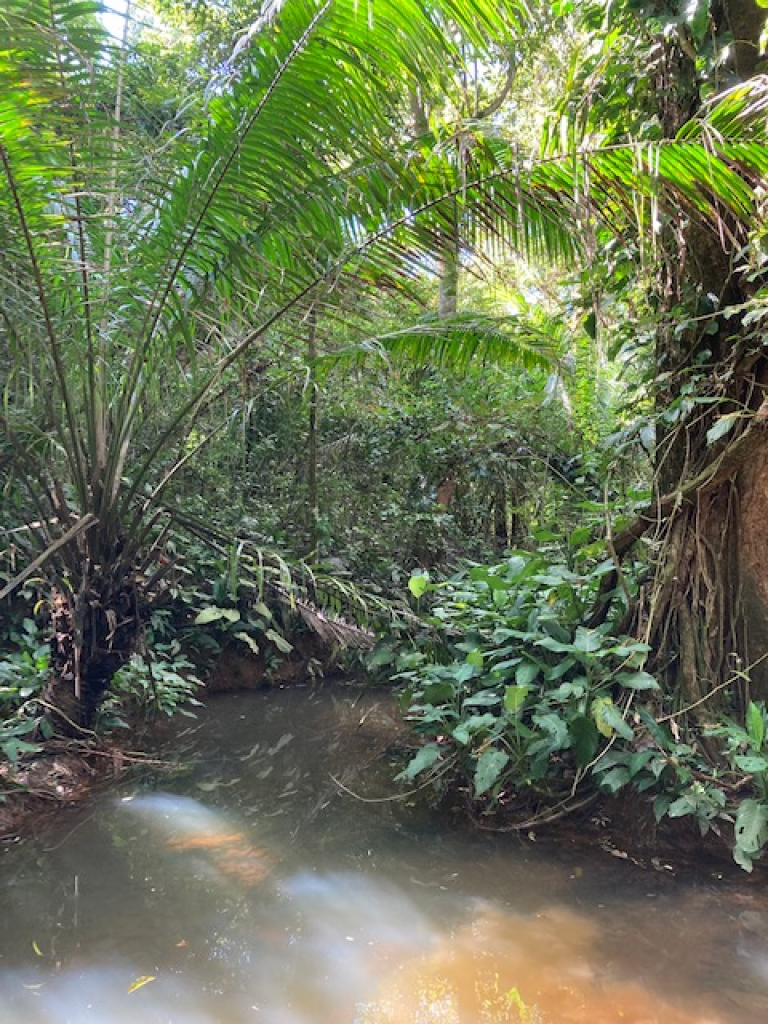A carbon credit, labeled as tCO2e, or carbon offset represents the removal of one metric ton of carbon dioxide (CO2) from the atmosphere.
Carbon credits are typically generated by projects or initiatives that are deliberately undertaken to either reduce carbon output or promote long-term carbon storage.
Carbon credits are produced by measuring and estimating the difference between a determined baseline level of carbon storage or emission and a final level. When a project or initiative sequesters carbon above that baseline level, credits can be earned. However, that higher, differential stock of carbon must be held or otherwise maintained for a long period of time for a carbon offset to have value and to be recognized by the market, typically between 20-100 years.
Carbon credits must be developed in accordance with the parameters of an established standard or protocol in order to be credible. Under that protocol, the carbon project is validated and verified by a third-party organization. Once that validation occurs, the credits can be issued through a carbon registry. At that point, the credits can be sold from the credit producer to the credit user. Once a carbon credit is claimed as an offset to the buyer’s own carbon emissions, it is retired. Marked as such in the registry, retired credits cannot be resold or double-counted by a different carbon emitter.
The leading global protocols for developing carbon credits are the American Carbon Registry, the California Air Resources Board, the Climate Action Reserve, the Gold Standard, and Verra’s Verified Carbon Standard. For international projects the Gold Standard and Verra are the most used protocols, of which Verra is by far the most experienced in forest carbon projects. All these standards have common requirements for carbon offsets. The carbon credits offered through them must be:
- Additional: The credit must represent a gain in global carbon stocks that otherwise would not have occurred.
- Real: It can be proven that the credit represents carbon that has been taken out of the atmosphere or that was prevented from being released into the atmosphere.
- Measurable: The credit must lend itself to as accurate a measurement as possible of the carbon emissions that have been stored or avoided.
- Verifiable: A third-party auditor must be able to validate that the offset actually has been generated
Forest owners can create carbon credits in 3 ways:
- By applying improved forest management on their land
- By afforestation or reforestation, and
- By avoiding conversion to other land use (from forestry)
In the European context improved forest management and afforestation/reforestation are the best choices. Avoided conversion to other land use (e.g. pasture) is something not commonly occurring in Europe.
Not any forest is suitable for forest carbon projects. The forest in question must not have any legal constraints on it and it must not be protected. The forest should have a management plan and be preferably FSC certified. These pre-conditions will constitute the baseline of the project, from which a carbon project can be built.




